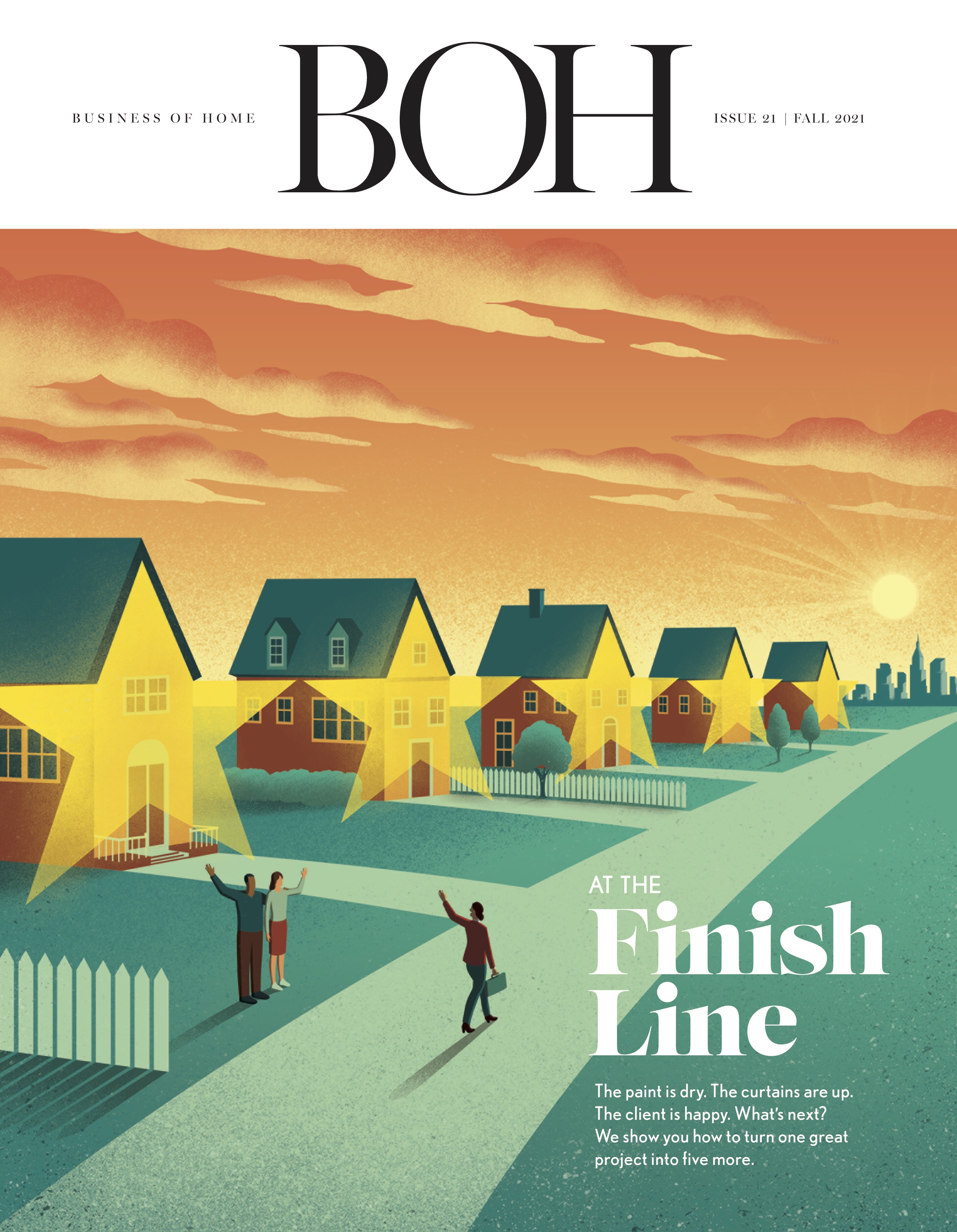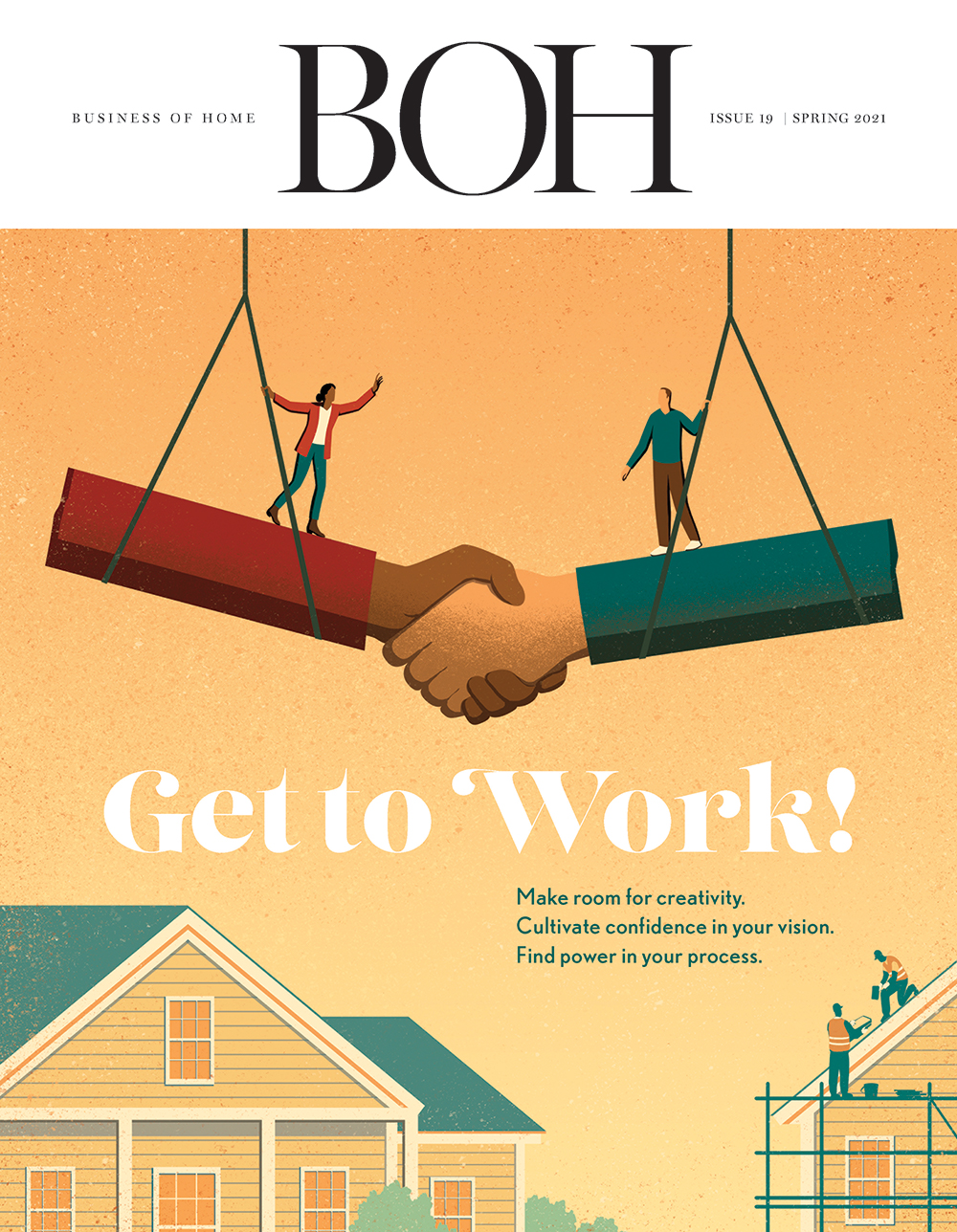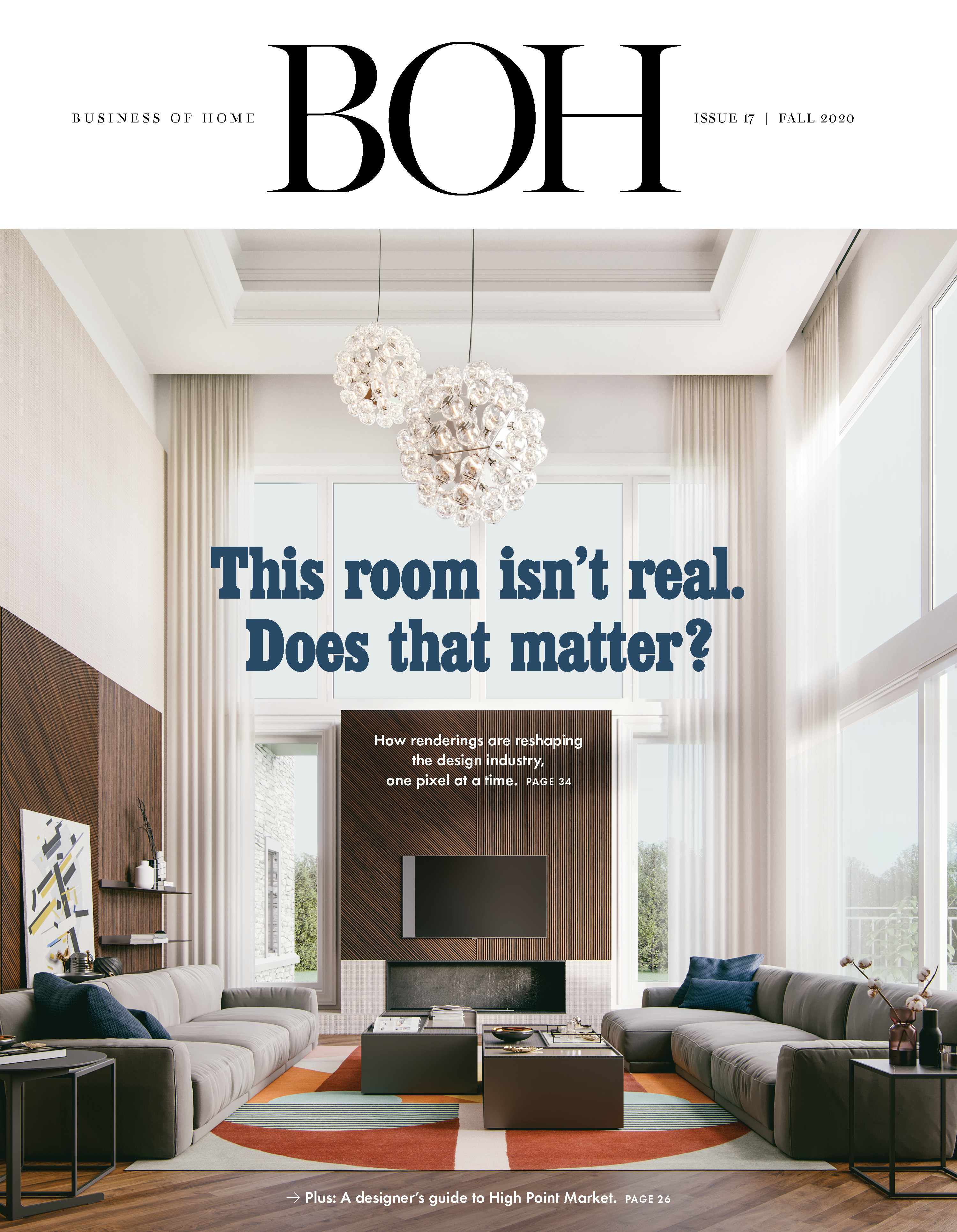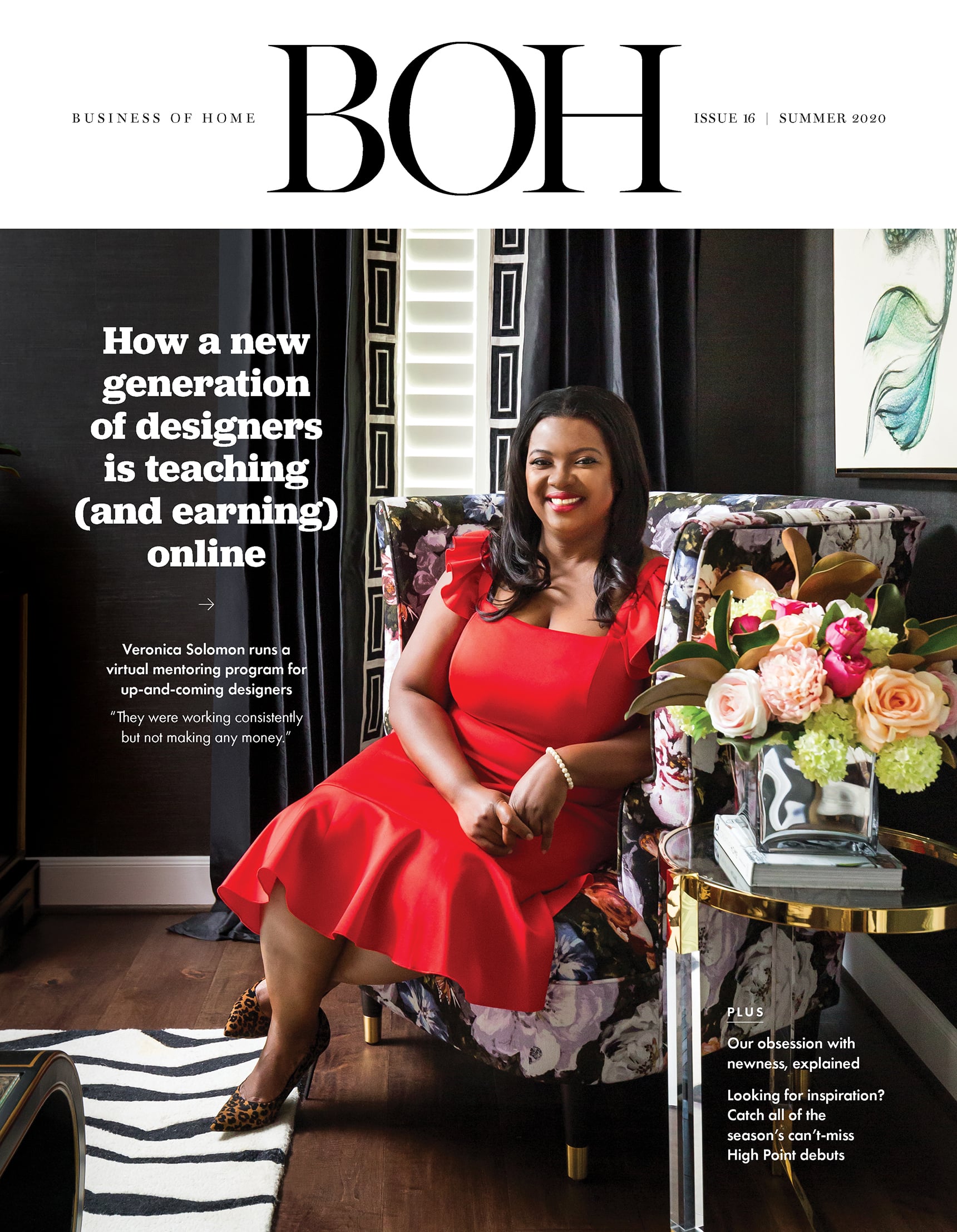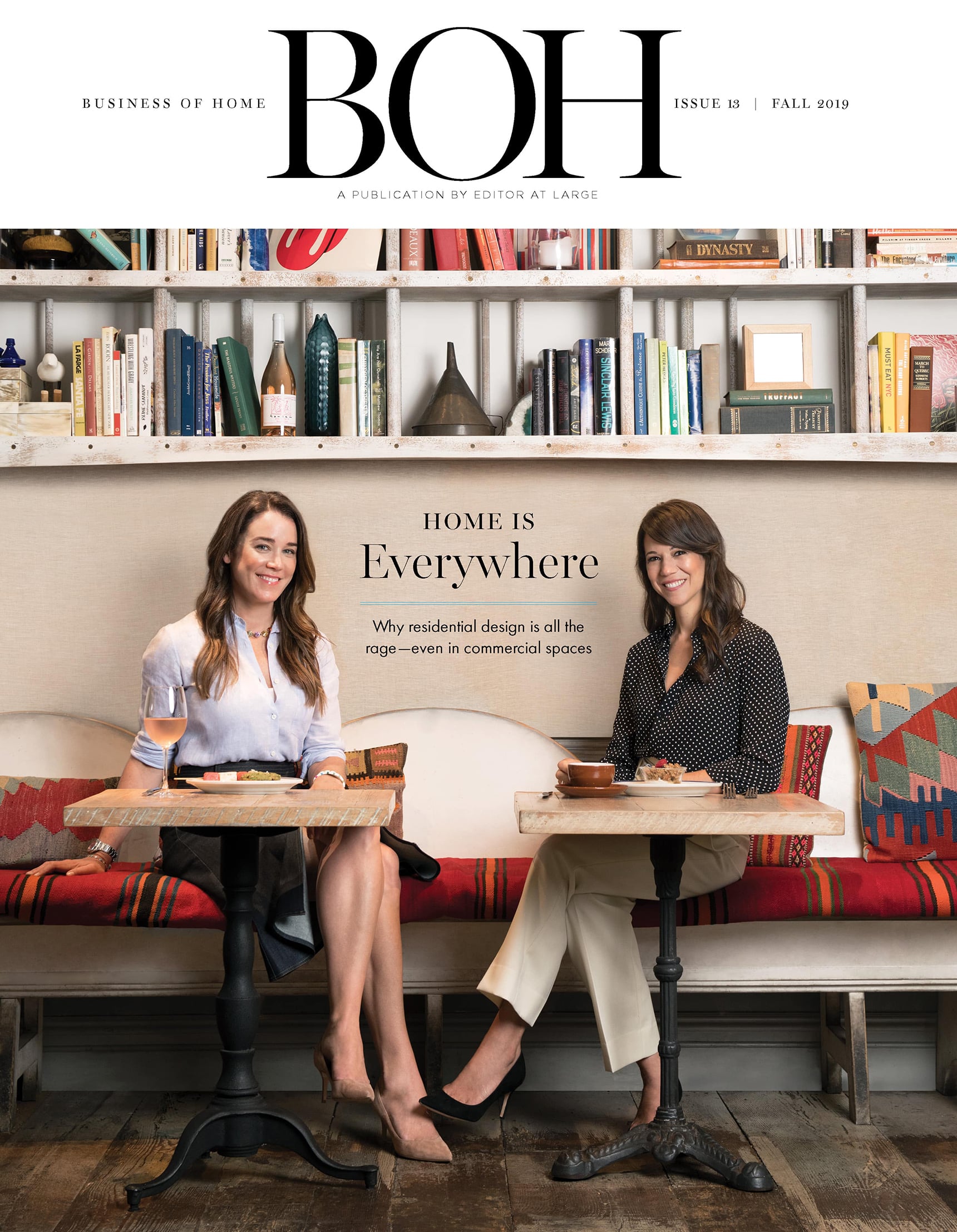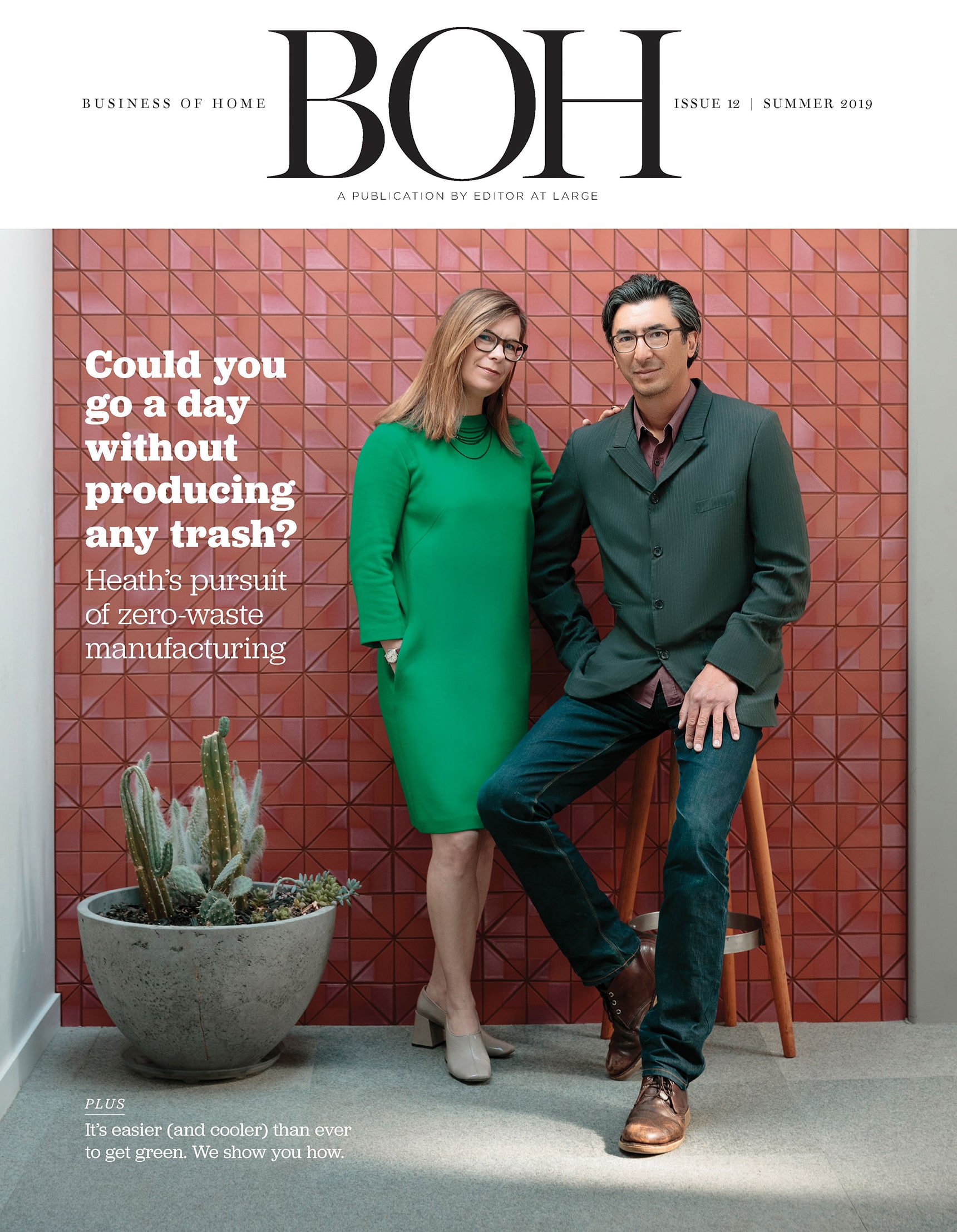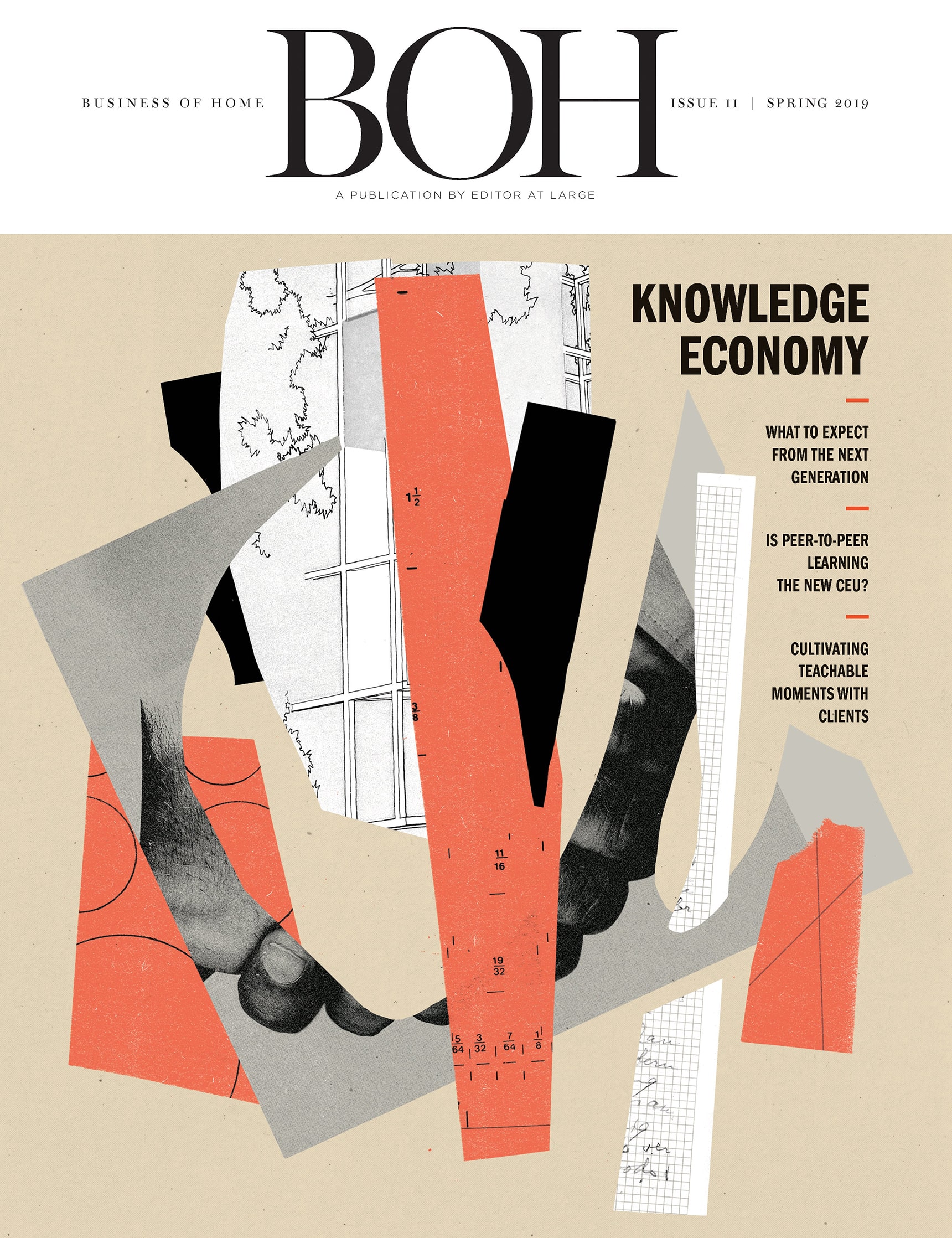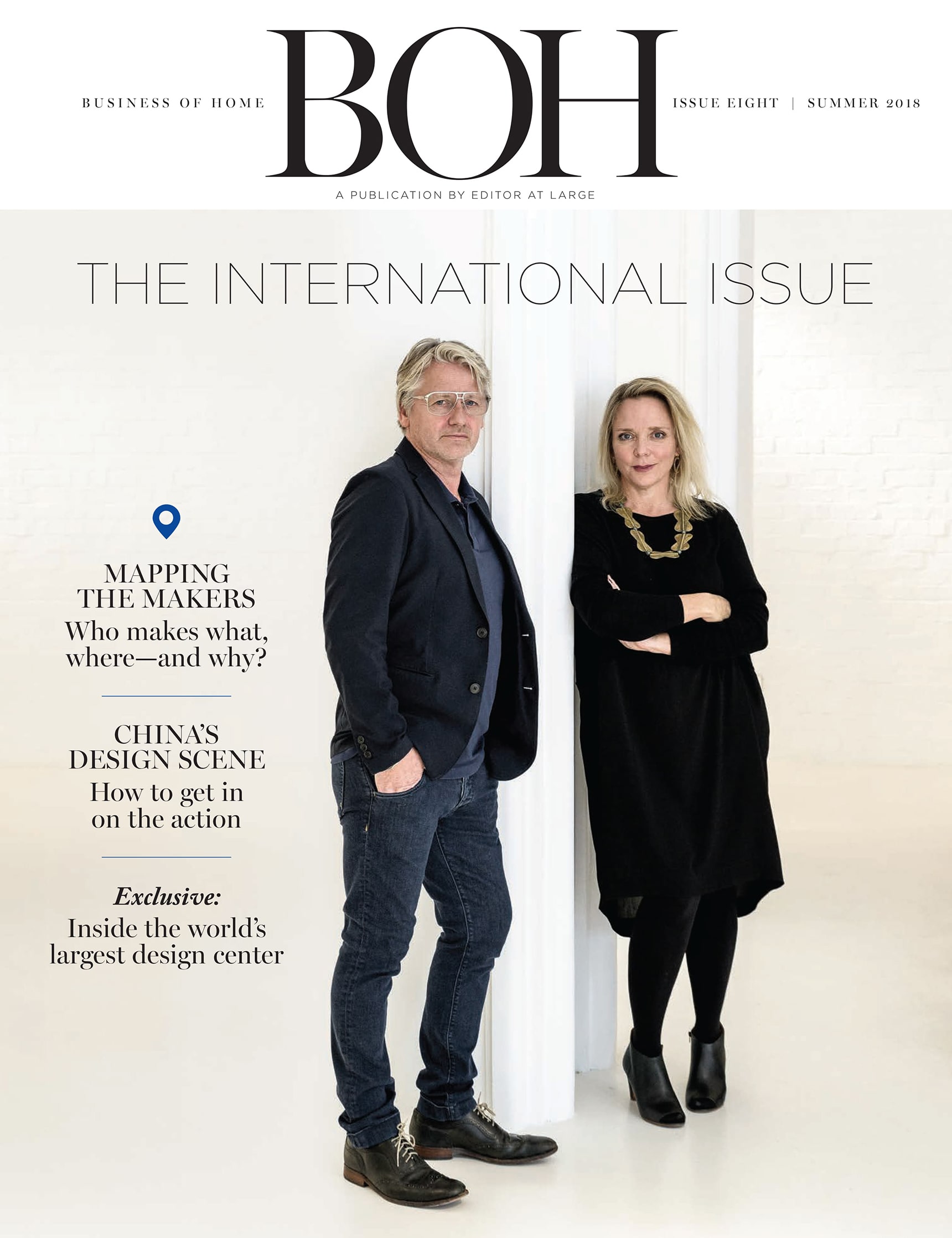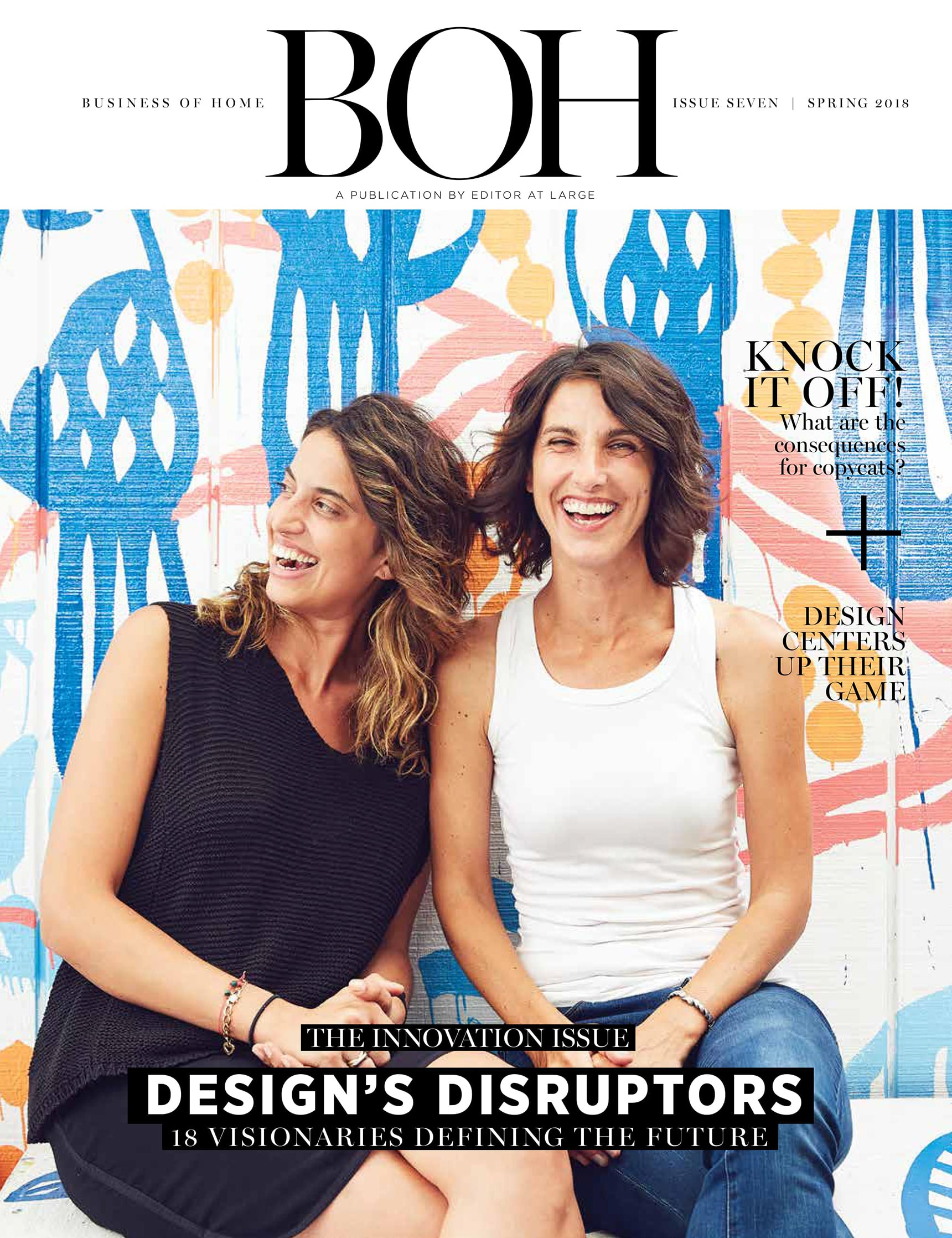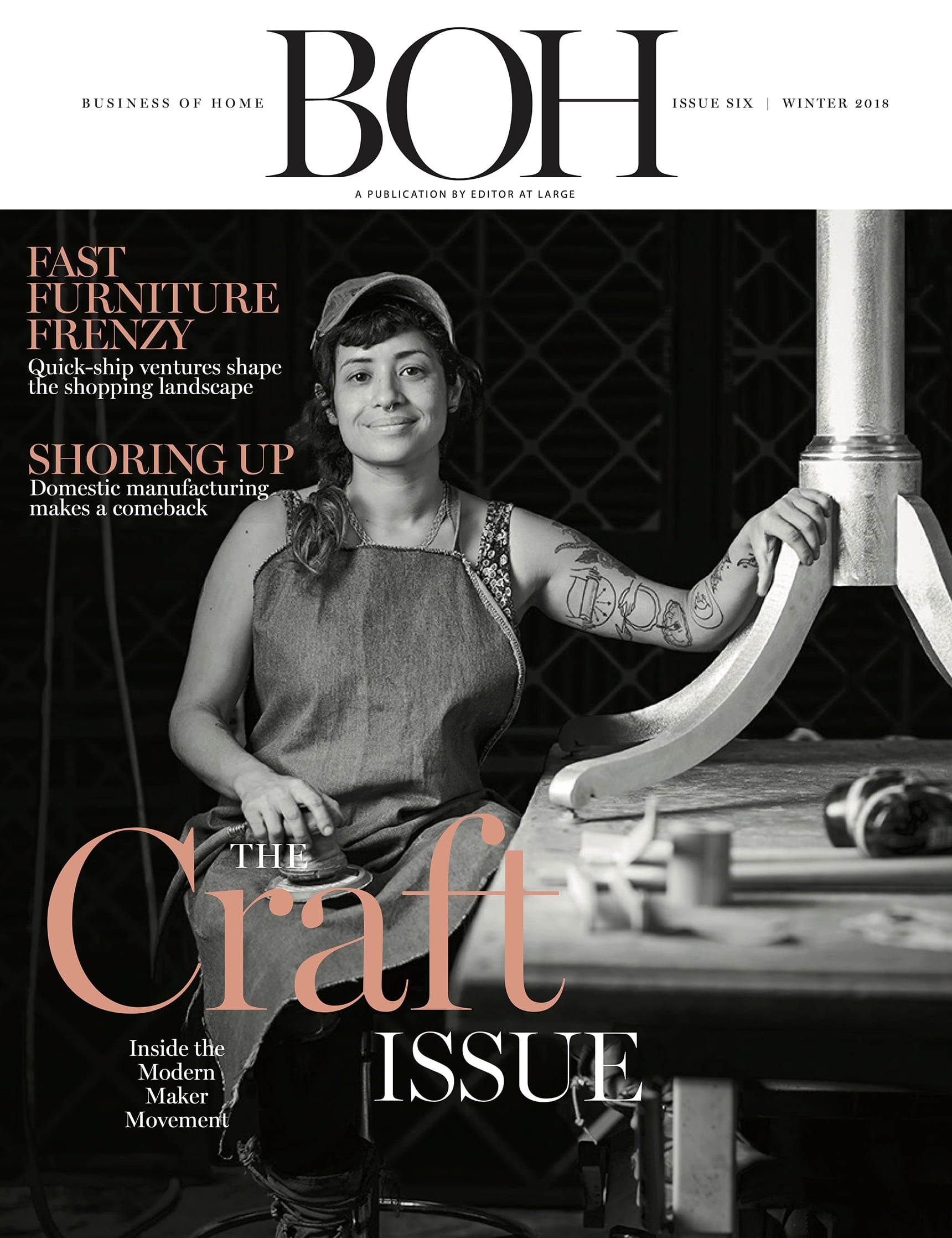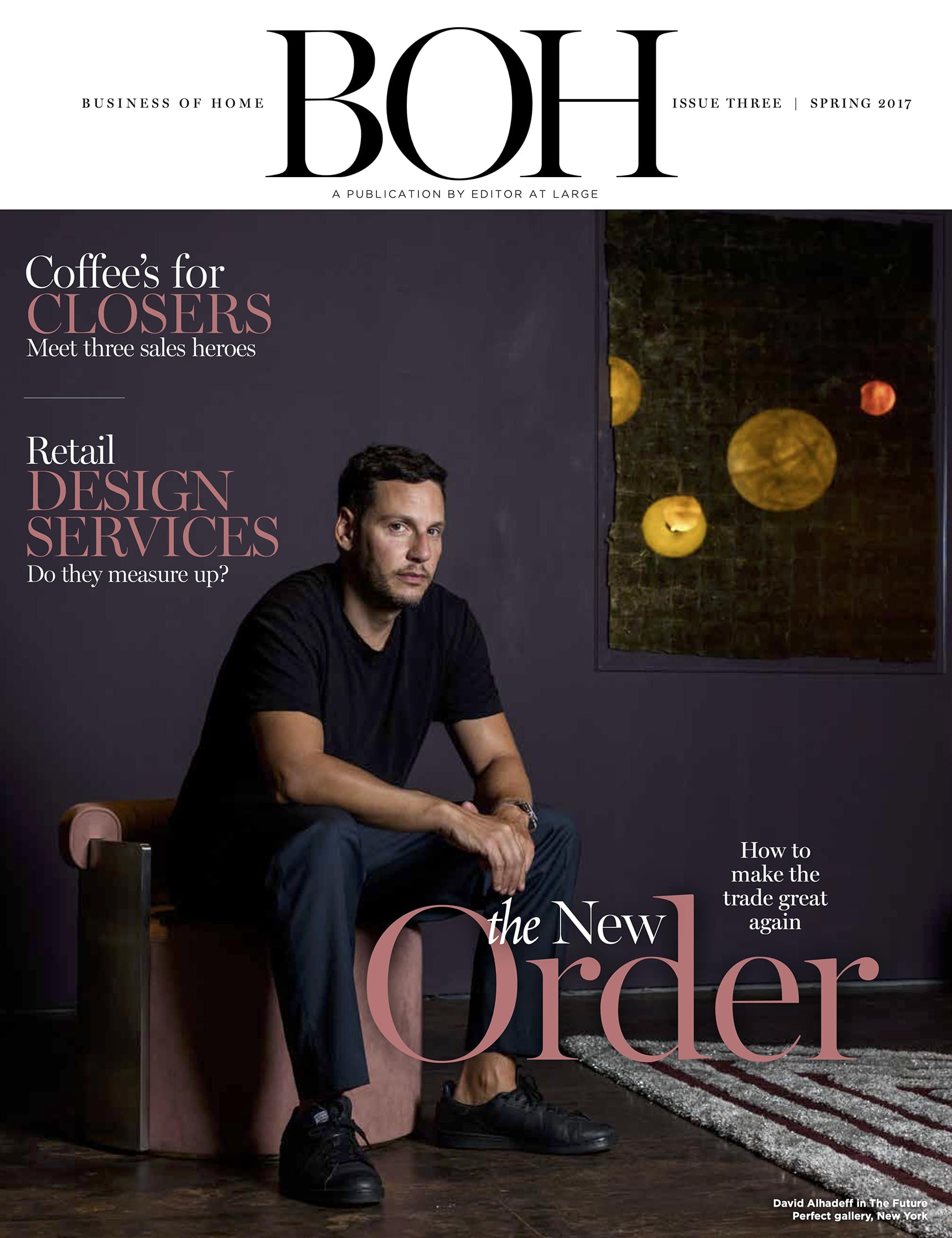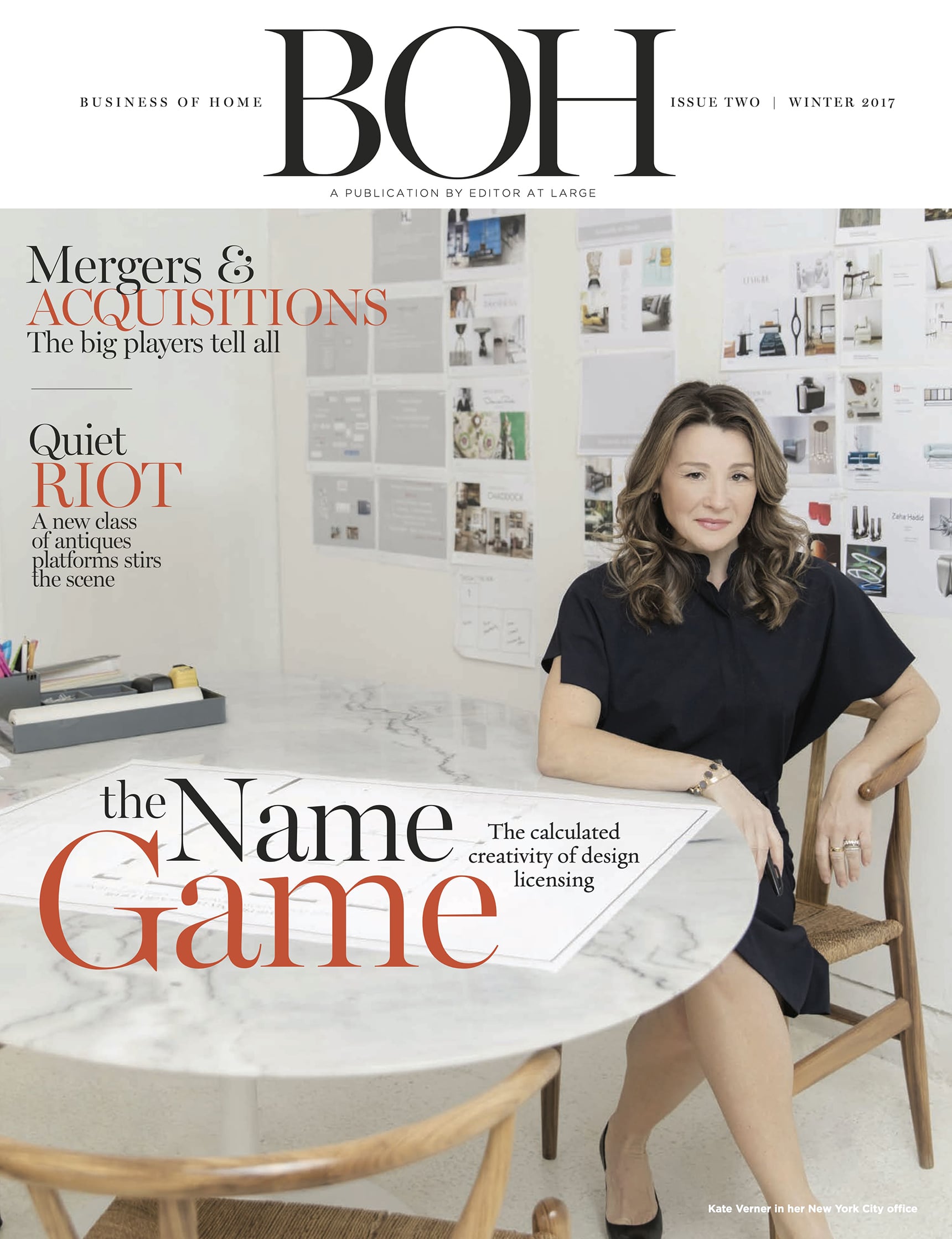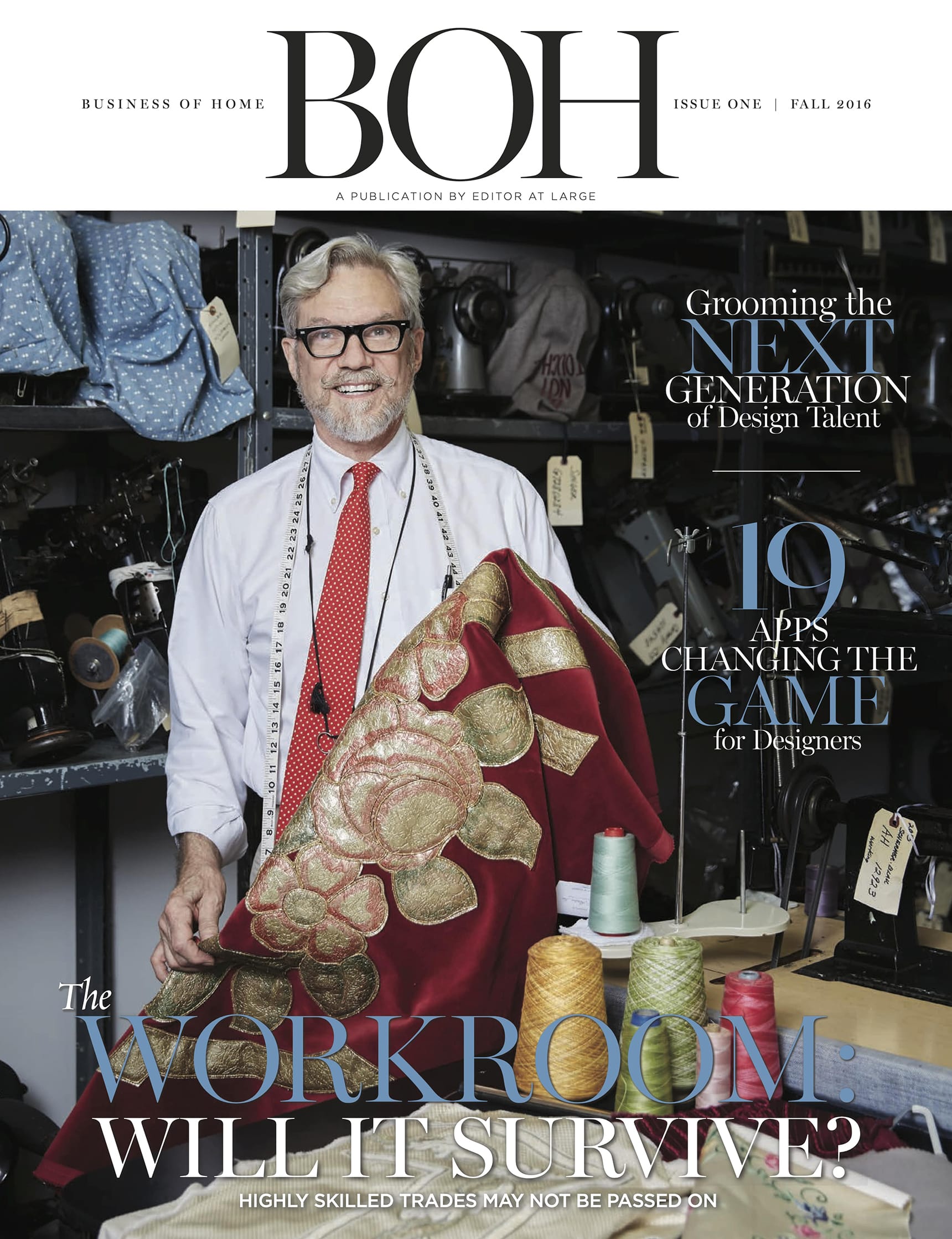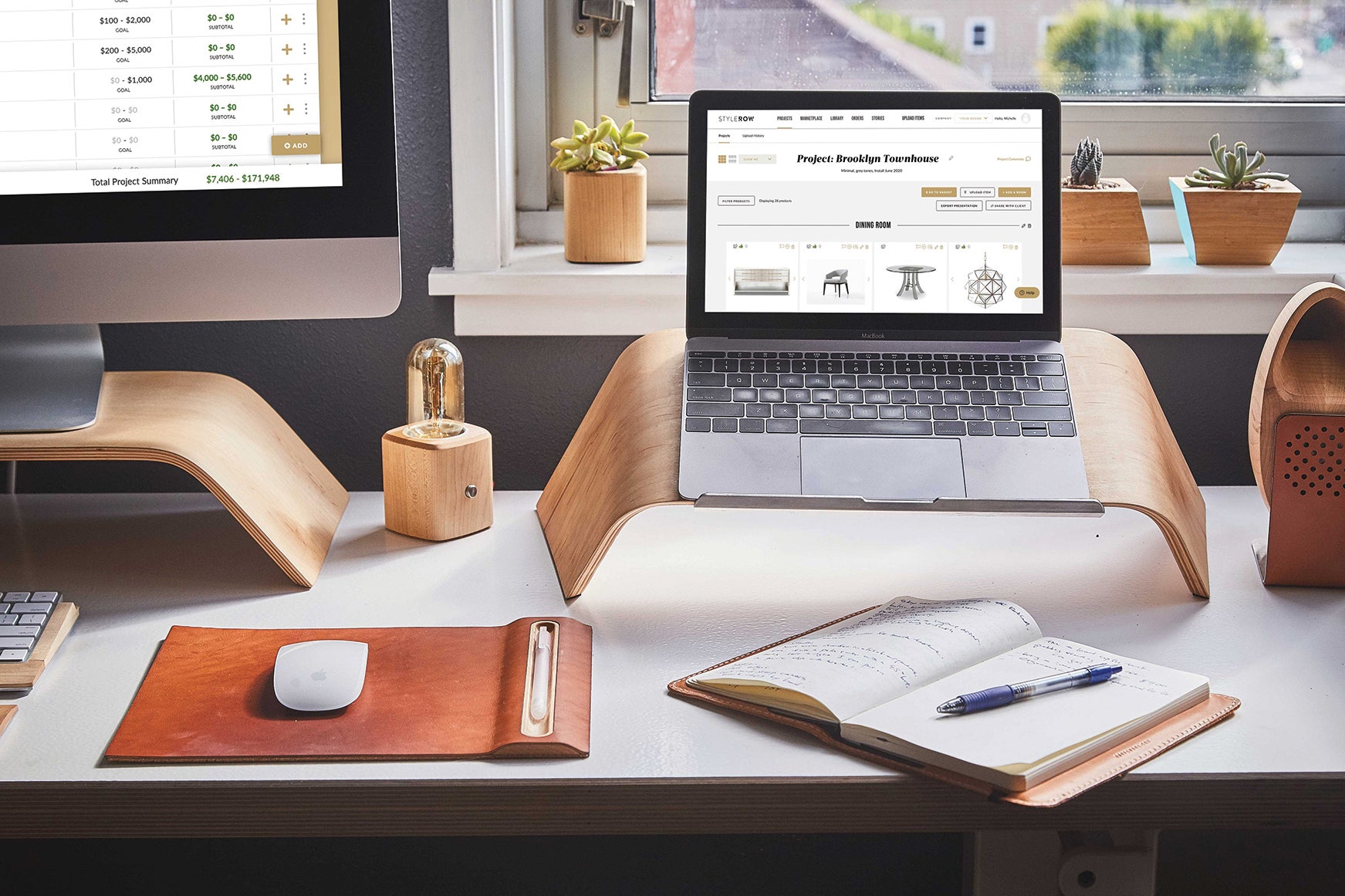Take an informal survey of which programs and platforms designers use to power their businesses, and you’ll find the results are all over the grid. There are many interior design project management platforms, but there is no single, all-encompassing software that everyone in the industry uses. That’s the opportunity, and it’s why, despite a crowded field, entrepreneurs continue to enter the space. A new crop of programs all look to beat the competition by being more: bigger, more comprehensive, easier to use. And, in the classic story of innovation, they were all founded by designers who got frustrated with the options on the market and decided to take matters into their own hands.
“I was getting really fed up with how much paperwork there was in this business—the hours and hours of administrative work and manually entering the same information in different places,” says Los Angeles–based interior designer and product designer Erinn Valencich, who founded trade-only marketplace and design management platform StyleRow in 2018. “This is a platform built by someone who is a designer, has a furniture line and has owned a showroom—I know this business inside and out, and our software is more intuitive because of that,” she says. “There were so many lines of communication between designers and showrooms, and designers and clients. All the while, technology is becoming more prevalent in our lives, and I just felt that the design industry was very behind.”
Rachel Simone, an interior designer in New York, was experiencing similar frustrations with the platforms she was using to run her firm. One she liked for its accounting functionality but found to be largely unintuitive otherwise, while the other was more user-friendly but required too many tabs and was often glitchy. Her boyfriend, a software designer, encouraged her to create her own system that would streamline her firm’s operations. A few months ago, after a year and a half of working with engineers, she began testing Simone, which she describes as a dashboard or command center for interior designers that could ultimately replace an administrative assistant. She hopes to open the initial tools in beta in the next few months, and for the software buildout to complete in about a year. “The next wave of designers are going to crave paper-free, digital means of business,” says Simone. “They’re going to want everything to be in the cloud and won’t be willing to deal with the administrative run-around in this business. I think this will help designers lean more into the creative process.”
While software that manages the day-to-day operations of a design firm is nothing new—there are thousands of devotees of platforms like Design Manager, Houzz Pro (formerly Ivy), Mydoma and Studio Designer—some of the latest innovators in the space are pushing into uncharted territories. Simone even imagines her platform progressing to voice activation.
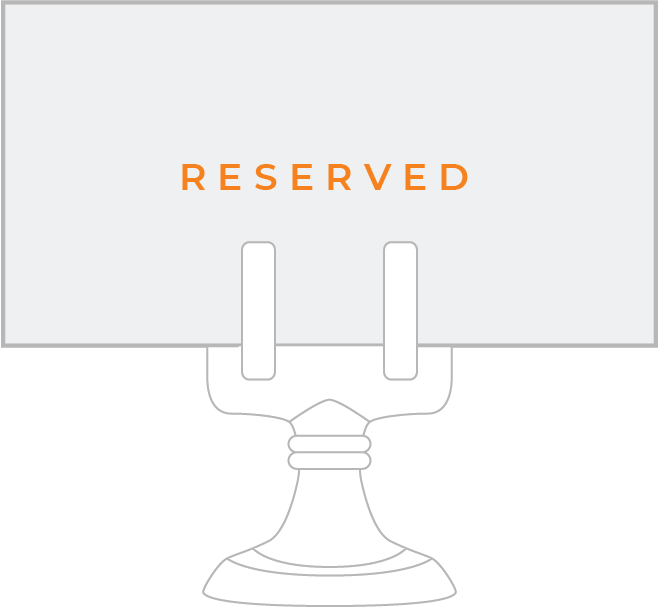
BOH subscribers and BOH Insiders.



















